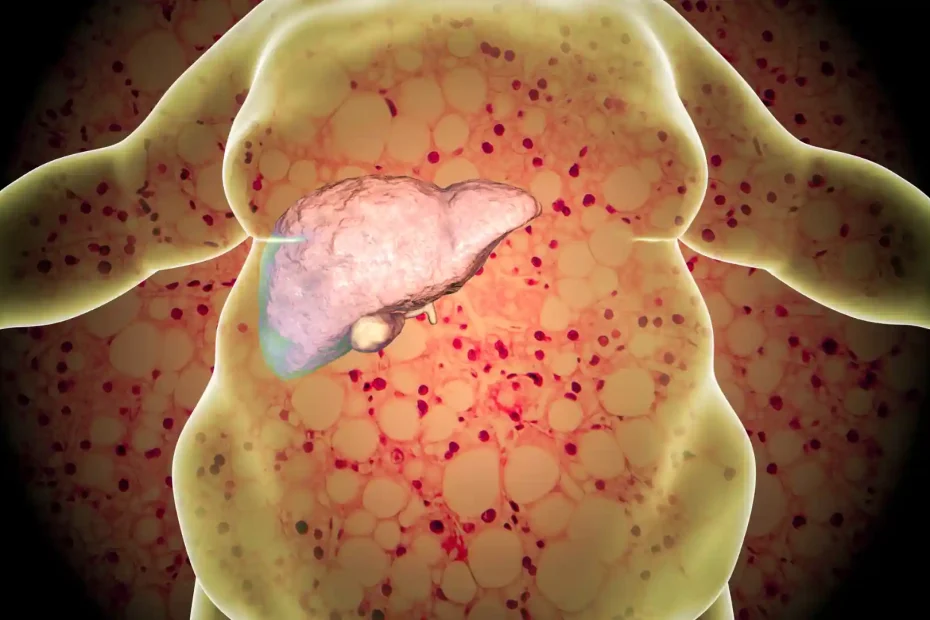The Australian Institute of Health and Welfare today released its Australia’s Health 2018 paper. As always it is full of fascinating information, but I want to focus on the most disturbing aspect of the whole report – Australia’s massive obesity problem.
Here are some of the high(low)lights contained in the report:
- Australia’s measured obesity rate now ranks fifth among Organisation for Economic Co-Operation and Development (OECD) countries
- Over the past two decades, the proportion of Australians with a healthy body weight has decreased, and the proportion who are obese has increased.
- The rate of severe obesity (BMI >35) has almost doubled between 1995 and 2014/15
Before we go any further, just a brief reminder of how obesity is classified. The most popular method of classifying obesity is by your Body Mass Index or BMI which is calculated by

Here are the categories of obesity:

Based on measured BMI, in 2014–15:
- Almost two-thirds (63%) of Australians aged 18 and over were overweight or obese (36% overweight but not obese, and 28% obese)
- Overall, men (71%) had higher rates of overweight and obesity than women (56%). A greater proportion of men (42%) than women (29%) were overweight but not obese, while a similar proportion of men (28%) and women (27%) were obese
- Men were most likely to be overweight but not obese at age 35–44 (48%), and to be obese at age 65–74 (38%). Women were most likely to be overweight but not obese at age 75–84 (41%), and obese at age 55–64 (35%) (Figure 4.10.1).

Children (in 2014–15)

- 1 Of 5 (20%) children aged 2–4 were overweight or obese—11% were overweight but not obese, and 8.7% were obese (ABS 2015)
- More than 1 in 4 (28%) children and young people aged 5–17 were overweight or obese—20% were overweight but not obese, and 7.4% were obese
- For both children and young people aged 2–4 and 5–17, similar proportions of boys and girls were obese
- Boys were most likely to be overweight but not obese at age 16–17 (29%), while this was most likely for girls at age 8–11 (21%). The highest prevalence of obesity was at age 16–17 for boys (8.2%) and age 5–7 for girls (12%) (Figure 4.10.2).
Adults in 2014–15 were significantly more likely to be obese than adults of the same age 20 years earlier for all but one age group. The largest relative difference was at age 18–21: in 2014–15, 15% of adults were obese at age 18–21, almost double the proportion who were obese at the same age in 1995 (7.2%)
Since 1995, the proportion of Australian adults with a BMI in the more severe obesity ranges (class II and class III obesity) has increased. This proportion almost doubled between 1995 and 2014–15, from 4.9% to 9.4% among Australian adults (Table 4.10.1).


Chronic conditions among overweight and obese adults
Among adults, being overweight and obese increases the likelihood of developing many chronic conditions, including some cancers, some cardiovascular diseases, asthma, back pain and problems, chronic kidney disease, dementia, diabetes, gallbladder disease, gout, and osteoarthritis (AIHW 2017a).
In 2014–15, Australian adults who were overweight or obese reported higher rates of many chronic conditions than adults of normal weight For several conditions, obese adults were more likely to report that they had a chronic condition than adults who were overweight but not obese, who in turn reported higher rates than adults of normal weight.

Quite apart from the human cost, the financial cost to this country of obesity is massive.


